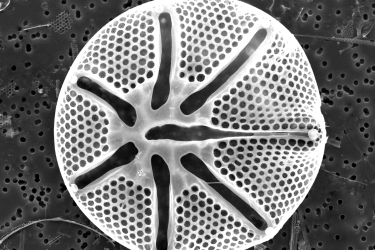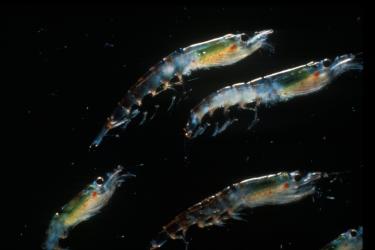Though I knew from a young age I wanted to embark on a career dedicated to protecting natural life on earth from climate change, I could have never imagined I would get the opportunity to do just that in high school. Marine acoustic ecology is a field of science that I didn't even know existed. It explores the ocean, an ecosystem with limited visual data, through the lens of sound. By adapting new fascinating methods to gathering data, marine acoustic scientists are able to understand marine ecosystems and develop methods to protect marine mammals from human-made threats.
My introduction to the world of acoustic ecology started with a chance encounter in the fall of 2020, my sophomore year in high school. As everyone knows, the fall of 2020 was a year of virtual school for nearly all high school and college students due to COVID. By pure coincidence, I told my virtual study hall teacher, Mr. Frey, about my interest in exploring ecology and connecting to nature while our world was going virtual. He introduced me to his neighbor, Dr. Anne Simonis, a marine acoustic ecologist who has worked with high school students in the past.
Anne studies the sounds of whales and dolphins, collected by underwater recorders in the ocean. Through these sounds scientists are able to answer questions regarding marine mammal populations, mating, and hunting behaviors. I was amazed that Anne was able to see the ocean, an ecosystem that covers 70% of earth's surface but is largely unexplored, through sound. But I was even more grateful than amazed to be given the opportunity to work with her.
My first year, Anne taught me how to read and understand scientific journal articles on varying topics from the geographic variation in the peak and notch frequencies of California current dolphin species to measuring the length of sperm whales based on the time between their acoustic click signals.
After exploring the scientific literature, Anne broke down the essentials of acoustic software that takes raw audio data, like WAV files, and converts them to visual models to explore, like spectrograms. Through the preparation and training from Anne I was now ready to embark on actual scientific research, something I would not have even considered to be possible in high school.
I was given a very important brick-sized hard drive which contained acoustic data from a 2018 California Current Ecosystem Survey (CCES). Through this hard drive I was introduced to my muses, Risso's and Pacific white-sided dolphins. They became a token of my affection as I unraveled the complexity of their story through hours of searching for their clicks in PAMGuard. I had studied data from two drifting buoys that stayed north of Point Conception, California and two buoys that drifted south of that point.
Based on plots created from my data, I was able to see that both dolphin populations were no longer found in the southern part of their historical range. By collecting temperature data from the location where Risso's and Pacific white-sided dolphins were found, we discovered that the two species were found in water temperatures of 14-15 degrees celsius which was now only in the north. This confirmed my suspicions that this shift may be related to changes in ocean temperatures. Whether climate change drove these populations northward, or whether there was another factor at play still needs more evidence before drawing a definite conclusion. With these exciting results, I crafted a presentation for the annual Sea Tech Conference in 2022. I was able to give a remote presentation with the Mount Edgecombe High School students Anne also mentored and tell the story of Pacific White-sided and Risso's dolphins.
The environmental discovery of my research hit close to home because climate change is driving shifts in marine and urban ecosystems. Similarly, like Pacific white-sided dolphins, my local ecosystem has been affected by climate change. In my Oakland, California ecosystem, more than 50% of my classmates have asthma as a product of our fire and smog polluted air.
As a young person, the issues of the world are not only the looming horizon for my future but also my current reality. Being given the opportunity to embark on meaningful research at such a young age has provided me with the knowledge that young people can be an impactful body in the future of environmental research. By better understanding the harm that is done to our global ecosystems and those who inhabit them, we are not only furthering the scientific field of ecology from a different perspective but also empowering ourselves to make change through the knowledge of our environmental issues.





